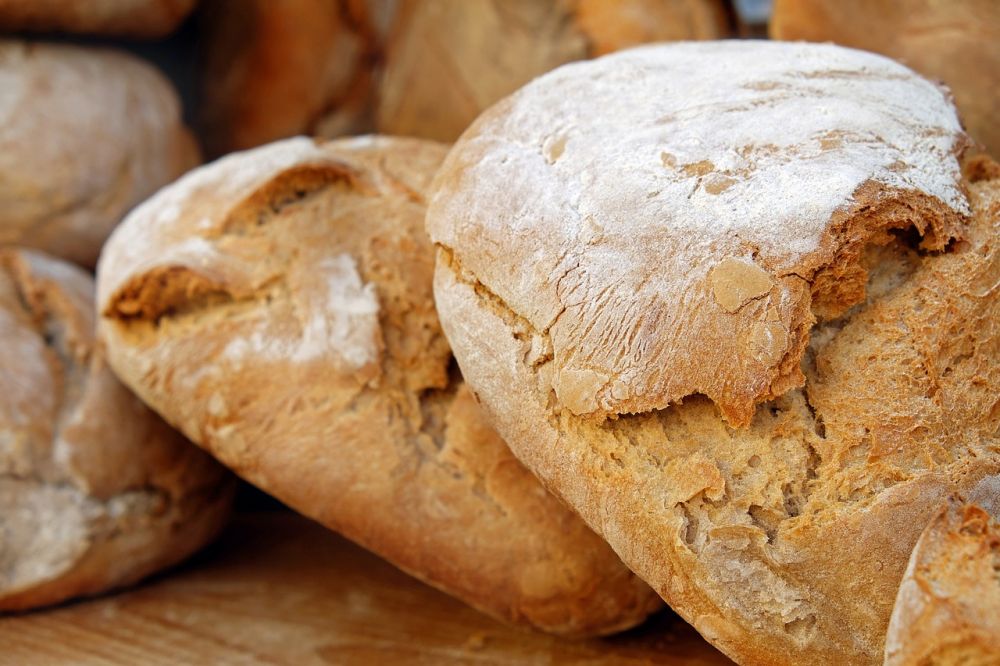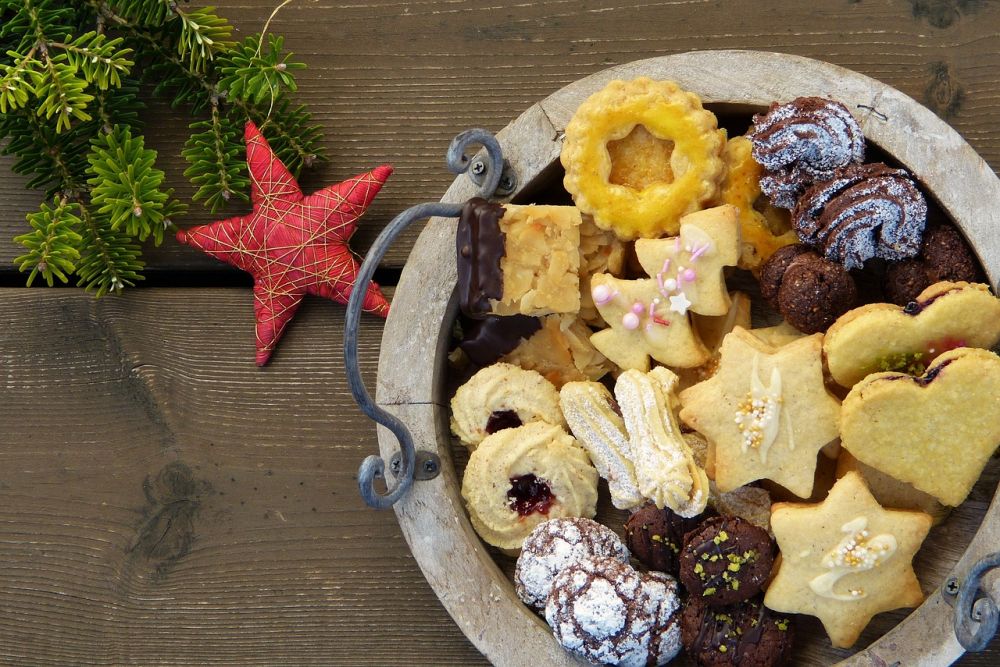Baking Lefse: A Traditional Scandinavian Delight

Introduction:
Lefse, a popular Scandinavian delicacy, holds a special place in the hearts of many food enthusiasts. This thin, flatbread has a rich history and a variety of types that cater to different tastes and preferences. In this comprehensive article, we will explore the art of baking lefse, its different types, quantitative measurements involved, how they differ from one another, and a historical overview of the pros and cons of each.
What is Lefse? Exploring its types and popularity

Lefse is a traditional Norwegian flatbread made from potatoes, flour, butter, and cream. It is rolled out very thin and typically cooked on a griddle. This classic Scandinavian dish comes in various forms, each with its own unique characteristics and flavors. Some popular types of lefse include:
1. Traditional Potato Lefse: Made from a simple mixture of potatoes, flour, and butter, this type of lefse has a delicate texture and a mild, earthy taste.
2. Sweet Lefse: Adding sugar, cinnamon, and sometimes even cardamom to the dough gives this lefse a sweeter, dessert-like flavor. It is often served with butter and sprinkled with powdered sugar.
3. Whole Grain Lefse: Using whole wheat or rye flour instead of white flour adds a nutty flavor and a slightly denser texture to the lefse.
4. Festive Lefse: This special version of lefse incorporates different fillings such as lingonberry jam, smoked salmon, or pickled herring, making it a delightful treat during celebratory occasions.
Lefse, with its versatility and wide range of flavors, has gained popularity not only in Scandinavian communities but also among food enthusiasts worldwide. Whether enjoyed plain or filled, lefse offers a unique and satisfying culinary experience.
Quantitative Measurements in Lefse Baking
Baking lefse requires precise measurements to achieve the desired texture and taste. Here are some key quantitative measurements to consider:
1. Potato-to-Flour Ratio: The proportion of potatoes to flour plays a crucial role in determining the consistency of the lefse dough. Typically, a 1:4 ratio of mashed potatoes to flour is used, ensuring a delicate yet pliable dough.
2. Butter and Cream: Adding butter and cream to the dough enhances its flavor and tenderness. The exact amount may vary depending on personal preference, but a typical ratio is around 1 tablespoon of butter and 2 tablespoons of cream per cup of mashed potatoes.
3. Rolling Thickness: Rolling the dough to an even thickness is essential for achieving the characteristic thinness of lefse. Aim for a thickness of about 1/8 to 1/16 inch.
Accurate measurements and attention to detail are vital in baking lefse, ensuring a delightful culinary experience.
Exploring the Differences Between Lefse Varieties
While all lefse types share a common foundation, they differ in taste, texture, and preparation methods. Here are some notable differences between various lefse varieties:
1. Traditional Potato Lefse vs. Sweet Lefse: The traditional potato lefse has a mild, savory taste, while sweet lefse offers a delightful combination of sweetness and spice from the added sugar and cinnamon.
2. Whole Grain Lefse vs. Traditional Lefse: Whole grain lefse brings a heartier flavor and denser texture, thanks to the alternative flour choices. In contrast, traditional lefse has a lighter, more delicate texture.
3. Festive Lefse vs. Other Types: Festive lefse stands out due to its unique fillings, providing a burst of flavor with every bite. From tangy lingonberry jam to savory smoked salmon, the fillings elevate the taste and make it perfect for special occasions.
The differences between lefse varieties offer a diverse array of flavors, allowing individuals to find their perfect match.
Historical Insights: Pros and Cons of Different Lefse Varieties
Throughout history, lefse varieties have evolved to cater to different preferences and needs. Here’s a historical overview of the pros and cons associated with different lefse types:
1. Traditional Potato Lefse: Pros include its simplicity, versatility, and ability to be enjoyed plain or as a base for various fillings. However, some may find the mild flavor less exciting compared to other lefse types.
2. Sweet Lefse: The pros of sweet lefse lie in its dessert-like qualities, making it a popular treat for those with a sweet tooth. However, some may consider it too sweet for regular consumption.
3. Whole Grain Lefse: The pros of whole grain lefse include added nutritional value and a nutty flavor profile. However, those accustomed to the traditional lefse may find the denser texture less appealing.
4. Festive Lefse: The pros of festive lefse lie in its ability to showcase unique flavors and fillings, making it a hit during special occasions. However, the extra ingredients and preparation time may deter those seeking a quick and simple lefse experience.
Understanding the historical pros and cons allows individuals to appreciate the innovation and adaptability of lefse varieties throughout the years.
Conclusion:
Baking lefse is not just a culinary art but also a way to connect with Scandinavian traditions and flavors. Whether it’s the classic potato lefse, the indulgent sweet lefse, or the festive lefse with its delightful fillings, each variety offers a unique experience. By understanding the quantitative measurements involved, exploring the differences between varieties, and appreciating the historical aspects, one can truly appreciate the complexity and versatility of lefse. So why not embark on a lefse-baking adventure and savor this delightful Scandinavian delicacy?





